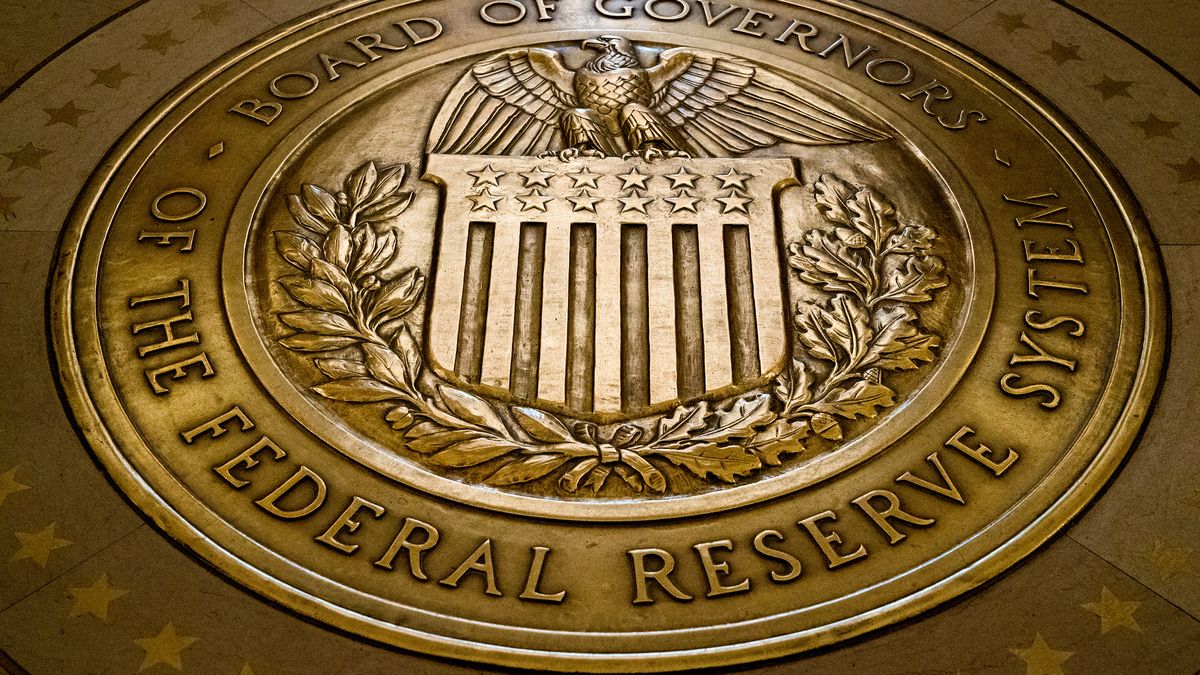The inflation annual in USA fell more than expected by the market and was reduced to its lowest rate since 2021, according to the work Department of that country, consolidating the disinflation process despite recent not so optimistic estimates. What impact can this news have on Uruguay?
Inflation continues its downward path in the United States, and even fell more than expected by analysts in June. In this sense, the CPI indicator, a factor of great weight when making decisions for the Federal Reserve (Fed)rose 0.2% in June, confirming the slowdown in inflationary pressure on prices: from 4% in May, the year-on-year variation dropped to 3%compared to a year ago.
This is not only a positive sign for the Fed and its monetary policy aimed at reducing inflation —which has not been as effective as expected—, since it is the lowest rate since 2021 —and significantly lower than the peak of 9, 1% registered in June 2022—; but also represents a good news for emerging economies and its financial conditions.
Above all, because the economic scenario for the United States is not expected to be so negative: the expected growth for 2023 is estimated to be between 1% and 2% and the employment and job creation data are higher than expected, a sign of a labor market that is still robust. In this way, the moderate growth with disinflation It is still the panorama of the North American country.
Low inflation in the United States, good news for Uruguay
Although the Fed has already warned that it is likely that two more increases in the reference interest rates will be necessary in the remainder of 2023 to align the inflationary data with the proposed target range of 2%, the truth is that the best results obtained in June they can doubt the effectiveness of such increases. In fact, the market is already questioning whether the contractionary policy pause is coming to an end.
This alternative, added to the more positive general economic scenario in the United States, is good news for the country for different reasons. On the one hand, due to the path that the Fed marks in relation to the monetary policies of the central banks in the world —and, therefore, also of the Central Bank of Uruguay (BCU)—, since it gives more margin to continue with the drop in the Monetary Policy Rate (MPR) and, in that sense, with the only tool that the government has to intervene in the problem of exchange rate arrears that affects the country’s competitiveness.
On the other hand, it allows some relaxation on the part of the Central Bank regarding the future of one of the main economies in the world. The worrying situation had already been pointed out in the Report on Uruguay’s Countercyclical Capital Bufferwhen the BCU decided to increase this necessary amount again by 2024.
“Inflation projections PCE (Personal Consumption Expenditures) core in the United States they have been below effective core PCE inflation, and this has remained persistently high around 6%. The increase in interest rates from 0% to 5.25% that the Fed made in about a year have not achieved a drop in core inflation,” the monetary authority stated in the document from the beginning of the month.
“Additionally, the Fed has announced the possibility of two additional increases in the interest rate of the monetary policy in the remainder of 2023”, he added, giving an account of the attention paid to this issue. It is that, as he later pointed out in the report, this scenario also makes a recession likely in that country, with effects on the credit market and financial markets and, consequently, on the economic cycle of both developed and emerging countries.
Therefore, also in the local economy: “This external context is relevant for Uruguay due to the risks involved for the local financial system and for its impact on the real business cycle”.
With the new inflation data and some projections that are encouraged to be somewhat more positive, the possibility of a recession is reduced and, therefore, also the variables of a downturn occurring. “contagion effect” in the country.
Source: Ambito




